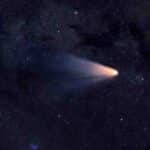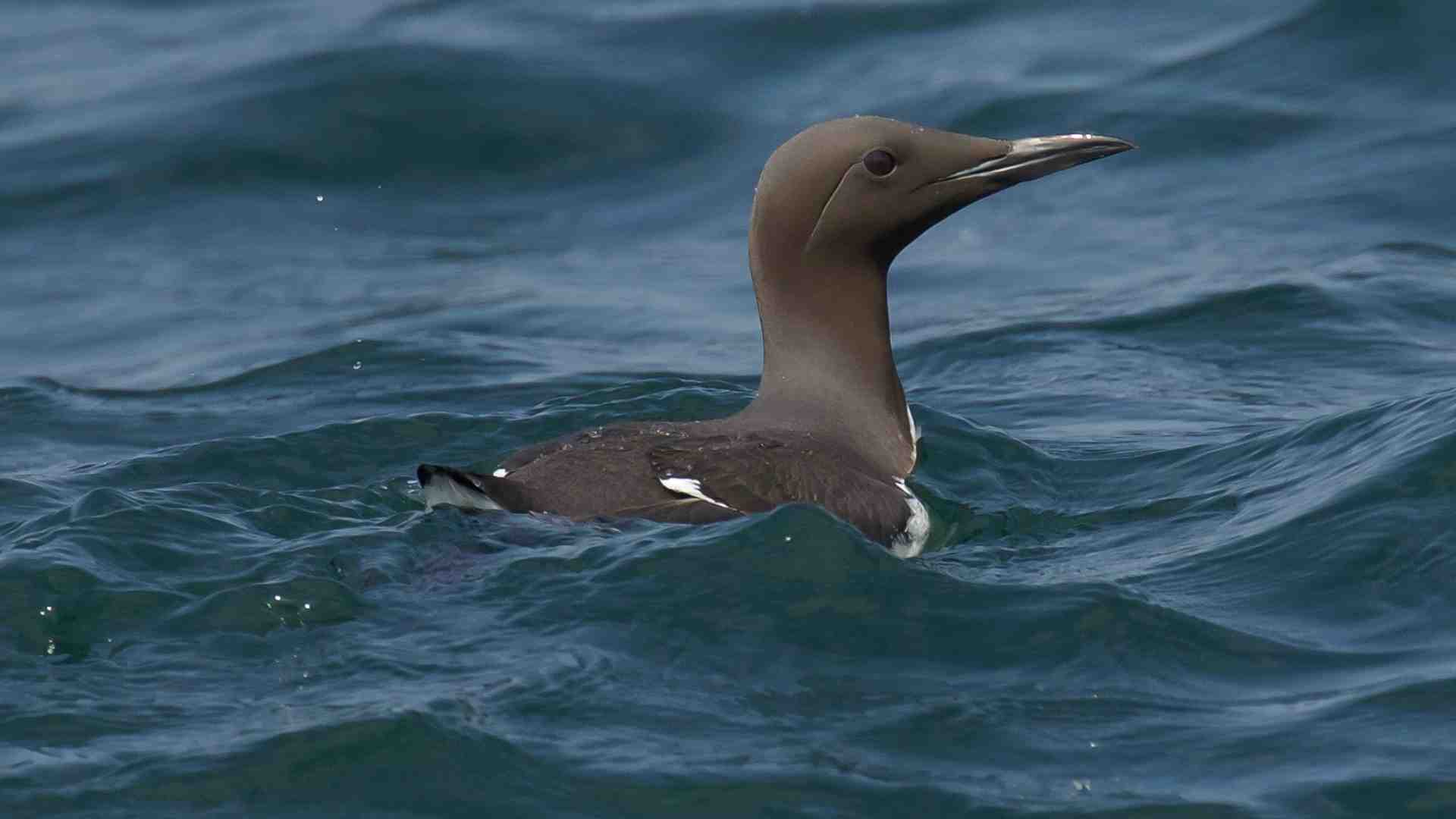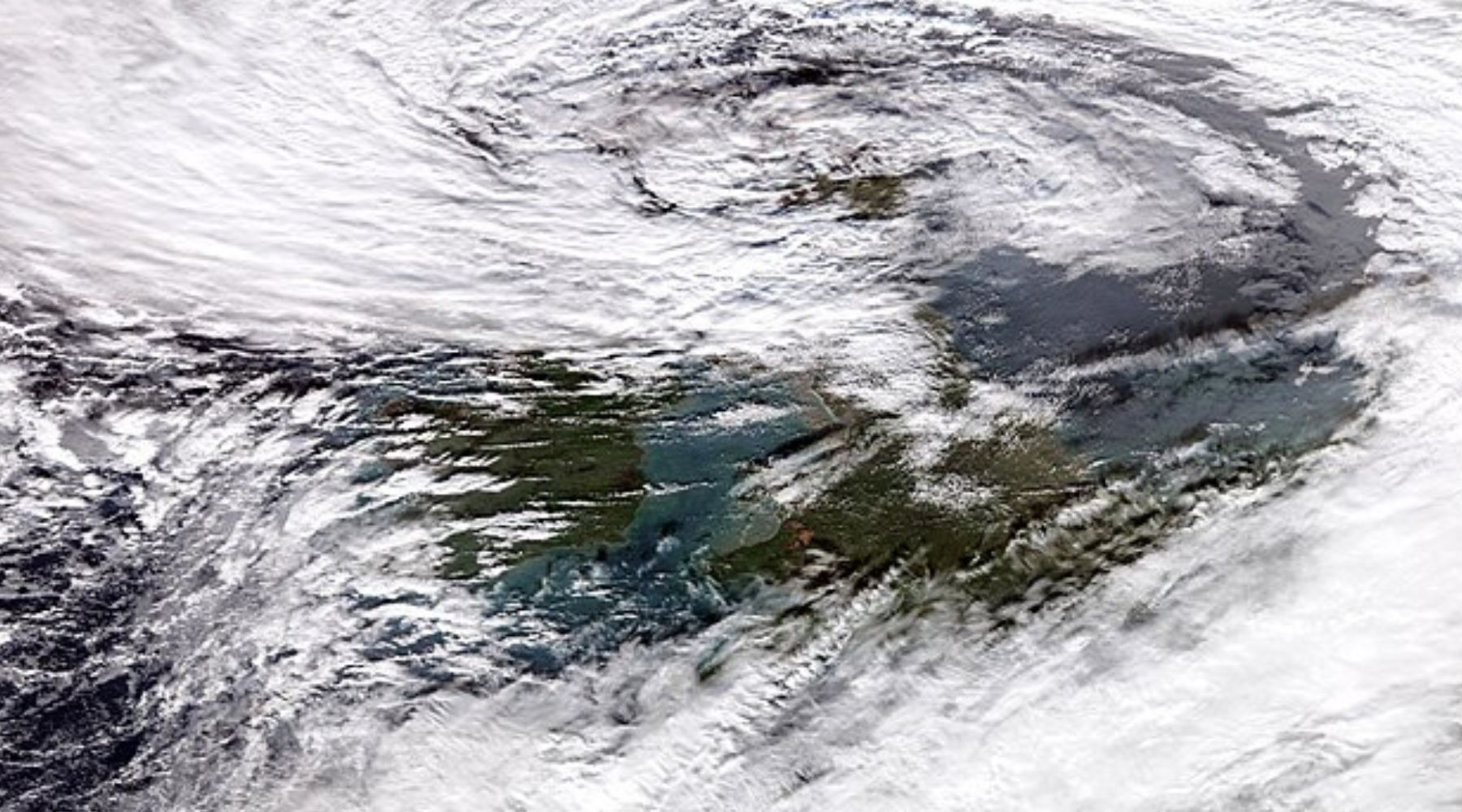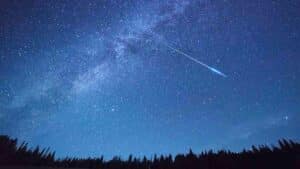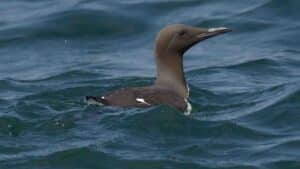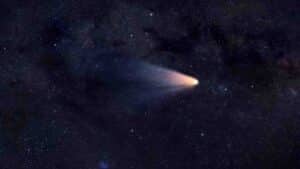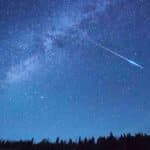
Meteor lights up Wexford sky
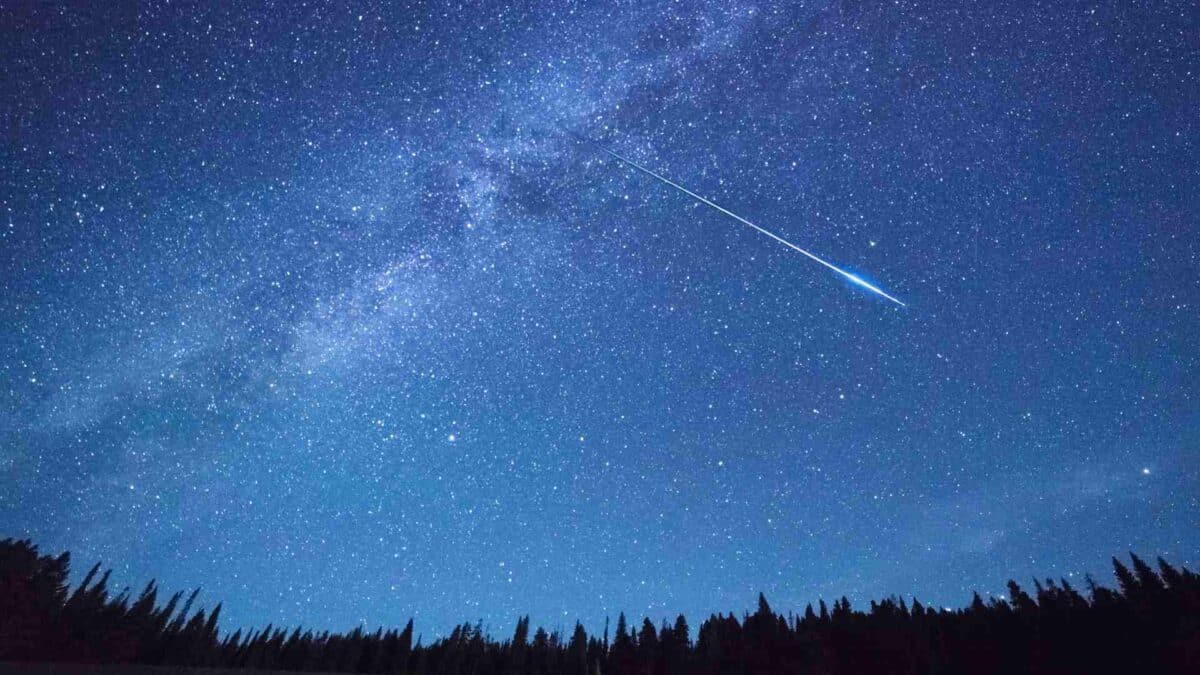
A bright fireball lit up the night sky over Ireland late on Wednesday, prompting a flurry of reports on social media.
Sightings were shared on X, with observers in Wexford and at the Galloway Astronomy Centre in southwest Scotland—near the UK’s first Dark Sky Park—among those who witnessed the spectacle.
The fireball was seen streaking across the sky at around ten minutes to midnight.
Sometimes you just get lucky.
— GallowayAstroCentre (@Gallowayastro) July 3, 2025
Left a camera running over night for noctilucent clouds – got none.
Did catch a #fireball at 23.50.18 (2nd July) the explosion lights the clouds. It left a small debris trail visible in images for an hour.
I was happily sleeping. pic.twitter.com/NPNMxSXjp3
Last nights fireball over Wexford County
— Kildare Weather (@KildareMet) July 3, 2025
📸 Lisa O Connor pic.twitter.com/nawQfUDJGf
According to Astronomy Ireland:
“Fireballs are quite rare, and the brighter they are, the rarer it is to see them — so you were very lucky to have seen such a bright fireball. If the fireball was brighter than the Full Moon, then it is well worth looking for a meteorite (the part that survives the fall to Earth).”
Only two meteorites have been found on the island since the beginning of the 20th century — in 1969 in Northern Ireland and in 1999 in County Carlow.
Your average meteor is no bigger than a grain of sand. When it collides with the Earth, the closing speed can be on the order of 100,000 mph. The friction with the thin air, about 100 miles above the ground, quickly heats the tiny particle until it vaporises in a fiery streak — what we call a shooting star — which typically lasts only a second or so.
Most meteors are caused by small particles of dust left behind by comets. The brighter meteors come from larger particles.
Share this WeathÉire story:



